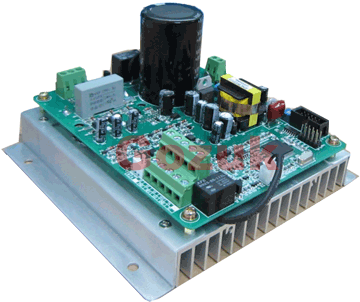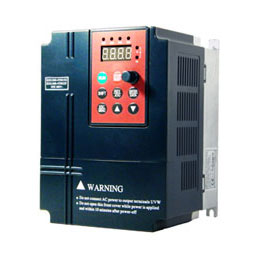Why we use 4-20 mA in analog signals?
The 4-20 ma signal dropped across a 250 or 500 ohm resistor creates very convenient 1-5V and 2-10V voltage ranges, respectively, also fairly standard in the industry and works off 12V battery well. I read in the nuclear sunami in Japan, the techs pulled car batteries to keep sensors hot!
Actually, you can use any range you choose! But if you do, you will have to design and manufacture both the transmitter and receiving controller to match.
The 4-20 ma range is a "standard" adopted by tradition and also ANSI 50.1, and most process instruments and controllers use it. It was developed during a time when teletypewriters used a 20 ma current loop for communications, so parts for that type of circuit were readily available. There once was a 10-50 ma current loop, but it has pretty much faded out.
4-20ma advantages:
The 4 ma "bottom of span" signal allows the receiver to detect a broken wire. Since the loop current never falls to zero, can be loop powered, allowing for two-wire. 20 ma is low enough to be made intrinsically safe, in most locations.
The constant-current feature of a current loop cancels out voltage drop errors due to long wiring runs (of course this would also be true if you selected different current values for zero and span).
Actually, you can use any range you choose! But if you do, you will have to design and manufacture both the transmitter and receiving controller to match.
The 4-20 ma range is a "standard" adopted by tradition and also ANSI 50.1, and most process instruments and controllers use it. It was developed during a time when teletypewriters used a 20 ma current loop for communications, so parts for that type of circuit were readily available. There once was a 10-50 ma current loop, but it has pretty much faded out.
4-20ma advantages:
The 4 ma "bottom of span" signal allows the receiver to detect a broken wire. Since the loop current never falls to zero, can be loop powered, allowing for two-wire. 20 ma is low enough to be made intrinsically safe, in most locations.
The constant-current feature of a current loop cancels out voltage drop errors due to long wiring runs (of course this would also be true if you selected different current values for zero and span).
4 ma - 20 ma is equivalent to 1-5 or 2 to 10 volts across 250 ohm resistance standard.
We have seen applications where 7-43 ma is used for hydraulic piston pumps, in oilfield applications. However 4 - 20 ma is the default industry standard.
We use min 4mA because in case cables are disconnected we will get 0mA hence serving as a diagnostic tool.
Why only 4 mA is because the electronic circuits deal with control voltage of 1 to 5V. Using a simple 250ohm resistor we can get 4-20mA for process control.
Post a Comment:
You may also like:
Featured Articles
Non-Enclosure Variable Frequency Drive ...
 No enclosure (cover), reducing installation space and cost effective. Widely used in All-In-One control cabinet. Keep the same ...
No enclosure (cover), reducing installation space and cost effective. Widely used in All-In-One control cabinet. Keep the same ...
 No enclosure (cover), reducing installation space and cost effective. Widely used in All-In-One control cabinet. Keep the same ...
No enclosure (cover), reducing installation space and cost effective. Widely used in All-In-One control cabinet. Keep the same ...Variable frequency drive application ...
 Variable Frequency Drive (VFD) can be used in lots of fields. Variable frequency drives are widely used to control the speed of ...
Variable Frequency Drive (VFD) can be used in lots of fields. Variable frequency drives are widely used to control the speed of ...
 Variable Frequency Drive (VFD) can be used in lots of fields. Variable frequency drives are widely used to control the speed of ...
Variable Frequency Drive (VFD) can be used in lots of fields. Variable frequency drives are widely used to control the speed of ...Variable frequency drive in HVAC ...
 Variable frequency drives (VFD) have been used for HVAC systems in buildings for more than 40 years. But only in recent years, ...
Variable frequency drives (VFD) have been used for HVAC systems in buildings for more than 40 years. But only in recent years, ...
 Variable frequency drives (VFD) have been used for HVAC systems in buildings for more than 40 years. But only in recent years, ...
Variable frequency drives (VFD) have been used for HVAC systems in buildings for more than 40 years. But only in recent years, ...Variable Frequency Drive Harmonics and ...
A discussion of the benefits of variable frequency drives often leads to a question regarding electrical harmonic distortion ...
Three phase inverters
 In the variable frequency drive rectifier paper, it explains how to go from three phase alternating current voltage to a direct ...
In the variable frequency drive rectifier paper, it explains how to go from three phase alternating current voltage to a direct ...
 In the variable frequency drive rectifier paper, it explains how to go from three phase alternating current voltage to a direct ...
In the variable frequency drive rectifier paper, it explains how to go from three phase alternating current voltage to a direct ...
VFD manufacturers
